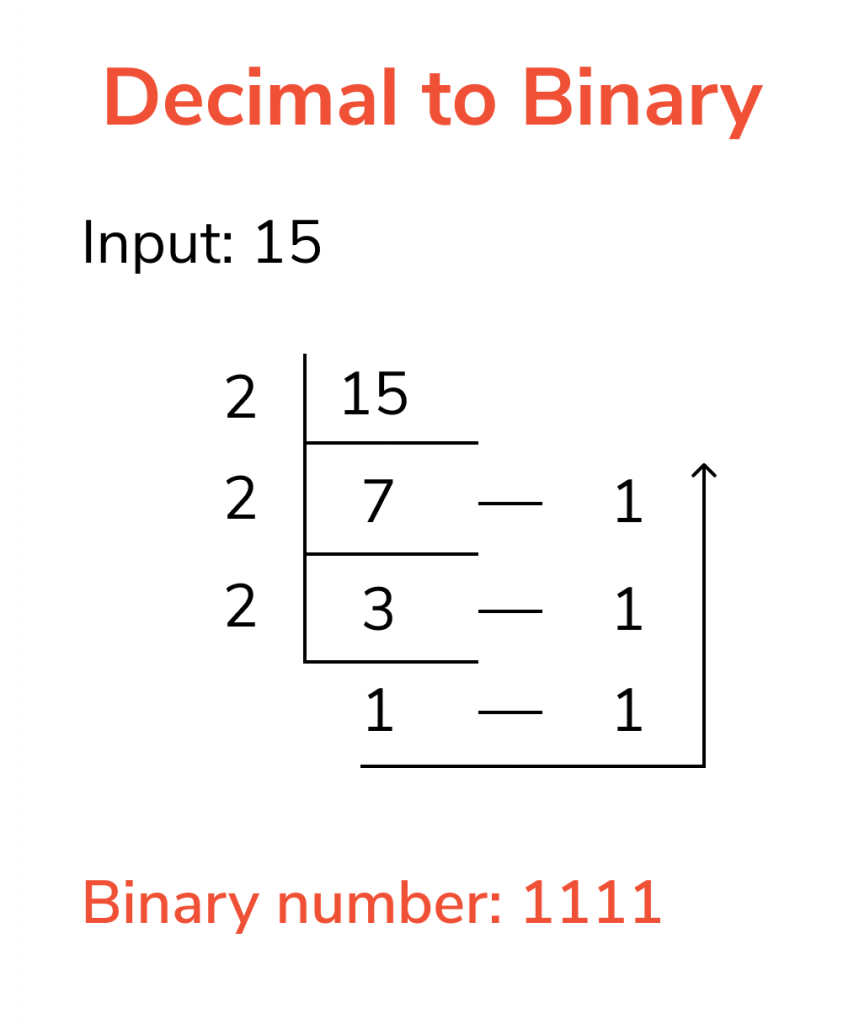
That also means that 0b111 is also -1, while 0b0111 is 7. You could declare that all numbers are signed, and the left-most bit is the sign bit.

So if I say 0b1111, how do I know if the user wants -1 or 15? There are two options: Just like 0x means "this number is in hex". The 0b prefix just says "this number is in binary". Python needs a way to represent these numbers in binary so that there's no ambiguity of their meaning. Does 111 represent 7 or -1? Again, it could be either.

In 2's complement, the sign bit extends all the way to the left, but in Python there is no pre-defined number of bits there are as many as you need.īut then you run into ambiguity: does binary 1 represent 1, or -1? Well, it could be either. So with that in mind, what binary number represents -1? Python is well-capable of interpreting literally millions (and even billions) of bits of precision, as the previous example shows. If I had more RAM, I could store larger numbers. On my computer, this actually works, but it consumes 9GB of RAM just to store the value of x. If it's a 64-bit value, then there are 64 bits to display.īut in Python, integer precision is limited only to the constraints of your hardware. If it's a 32-bit number, then a negative number has a 1 in the MSB of a set of 32. In basic theory, the actual width of the number is a function of the size of the storage. Or perhaps more generally: def bindigits(n, bits):

That way you specify how far to sign extend.


 0 kommentar(er)
0 kommentar(er)
